Curly Variegated Creeping Fig – 2.5″ Pot – Ficus pumila – Indoor, Terrarium, Topiary
Original price was: $17.98.$8.98Current price is: $8.98.
Add a touch of elegance with the Curly Variegated Creeping Fig Ficus pumila. Ideal for terrariums and indoor spaces. Easy to grow and maintain. Order yours today!
Out of stock
Estimated arrival
Dec 16
Dec 21 - Dec 23
Dec 26 - Dec 30
Reasonable Price
We offer reasonable price

Support 24/7
Contact us 24 hrs a day

100% Money Back
You've 30 days to Return

Payment Secure
100% secure payment
Curly Variegated Creeping Fig Ficus pumila: A Touch of Elegance
The Curly Variegated Creeping Fig Ficus pumila is a stunning ornamental plant, celebrated for its unique rippled leaves and striking variegated mid-veins. This adaptable climbing vine brings a charming touch to both indoor decor and outdoor landscapes. Whether you’re looking to enhance your terrarium, create a whimsical fairy garden, or add a distinctive element to your topiary projects, this plant is an excellent choice. Its versatility makes it a favorite among plant enthusiasts and garden designers alike. The Curly Variegated Creeping Fig’s vibrant foliage brightens any space, making it a delightful addition to your plant collection.
This Ficus pumila thrives in bright, indirect light and requires consistent moisture, making it a low-maintenance option suitable for plant lovers of all levels. Incorporate it into your indoor garden collection or let it complement other decorative greenery. As an evergreen, this plant offers year-round beauty and performs exceptionally well in compact spaces. The variegated leaves provide a beautiful contrast, adding visual interest to any setting. Its ability to adapt to different environments makes it a versatile and reliable choice for both novice and experienced gardeners.
With minimal care and the right environment, the Curly Variegated Creeping Fig will enhance your home or garden, providing lush greenery with an artistic twist. Its ability to climb and trail makes it perfect for both horizontal and vertical arrangements, from covering walls to adorning windowsills and terrariums. This plant is a natural climber, so providing a trellis or support will encourage it to scale and spread. Alternatively, allowing it to trail from a hanging basket creates a beautiful cascading effect.
Benefits:
- Aesthetic Appeal: The curly, variegated foliage adds a playful yet elegant touch to any space, from terrariums to living walls.
- Versatile Use: Ideal for multiple purposes, including terrariums, fairy gardens, hanging baskets, and topiary sculptures.
- Indoor-Outdoor Flexibility: Thrives in both indoor environments and warm outdoor climates, offering seamless transitions between seasons.
- Easy to Care For: Low-maintenance and beginner-friendly, requiring only bright indirect light and regular watering to thrive.
- Decorative Impact: Perfect as a houseplant or for garden décor, enhancing living spaces with lush, trailing greenery.
Frequently Asked Questions
Here are some frequently asked questions about the Curly Variegated Creeping Fig:
- Can I grow the Curly Variegated Creeping Fig indoors?
Yes, this plant thrives indoors with bright indirect light. It works wonderfully in hanging baskets, terrariums, and decorative containers. - How often should I water this plant?
Keep the soil evenly moist, but avoid overwatering. Check the top inch of soil—if dry, it’s time to water. - Is the Curly Variegated Creeping Fig pet-safe?
No, like many Ficus species, this plant is toxic to pets if ingested. Keep it out of reach of cats and dogs. - Can this plant grow outdoors?
Yes, it performs well in USDA zones 8-11 and can be planted outdoors during warm months or in frost-free regions. - How do I encourage climbing or trailing growth?
Use a trellis or allow it to trail naturally from hanging pots. Trim regularly to encourage denser foliage and controlled growth. - What is the mature size of the plant?
The Curly Variegated Creeping Fig typically reaches 10-12 inches in height, with trailing vines extending several feet in length. - What kind of lighting does this plant need?
This plant thrives in bright, indirect light. Avoid placing it in direct sunlight, which can scorch the leaves. - What is the best soil for the Curly Variegated Creeping Fig?
A well-draining potting mix is ideal. Peat-based blends are highly recommended to provide the necessary moisture retention and aeration. - How do I propagate the Curly Variegated Creeping Fig?
You can easily propagate this plant through stem cuttings. Place the cuttings in water or directly into moist soil until roots develop. - How can I prevent the leaves from turning yellow?
Yellowing leaves can be a sign of overwatering or underwatering. Ensure the soil is consistently moist but not waterlogged, and adjust your watering schedule accordingly.
Be the first to review “Curly Variegated Creeping Fig – 2.5″ Pot – Ficus pumila – Indoor, Terrarium, Topiary”
-
USDA Hardiness Zone
8-11 -
Soil Type
Well-draining potting mix, peat-based blends recommended -
Sunlight Exposure
Bright indirect light; avoid direct sun -
Expected Planting Period
Spring to early fall, indoors year-round

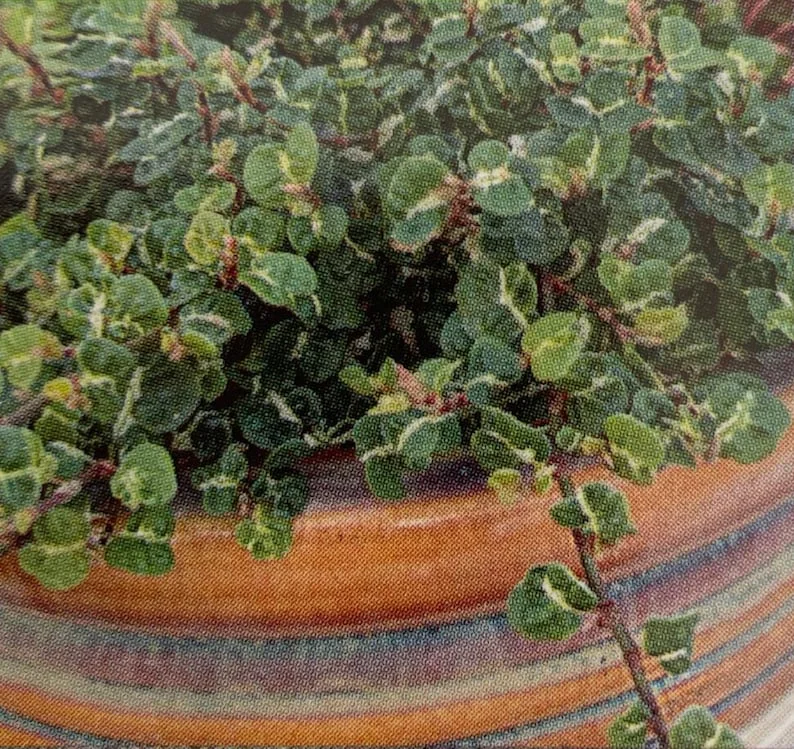
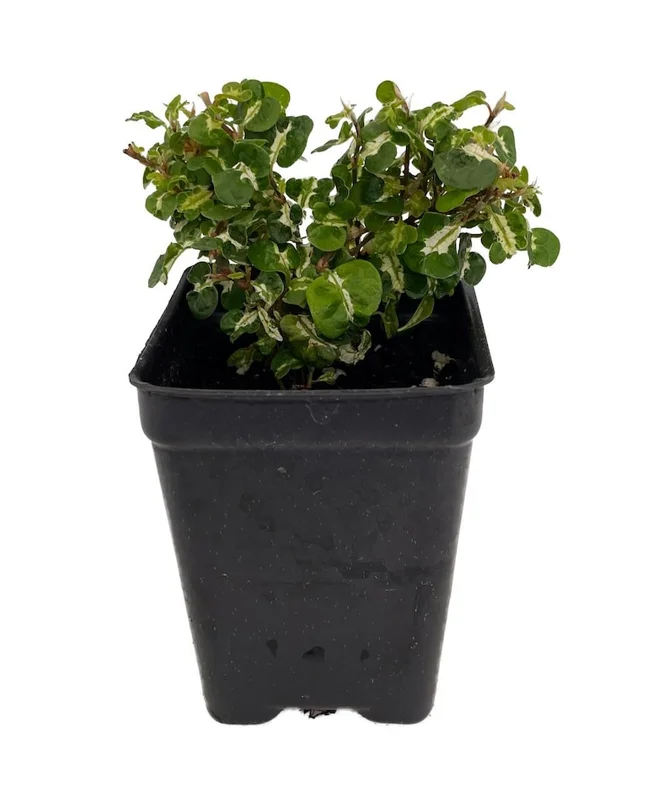
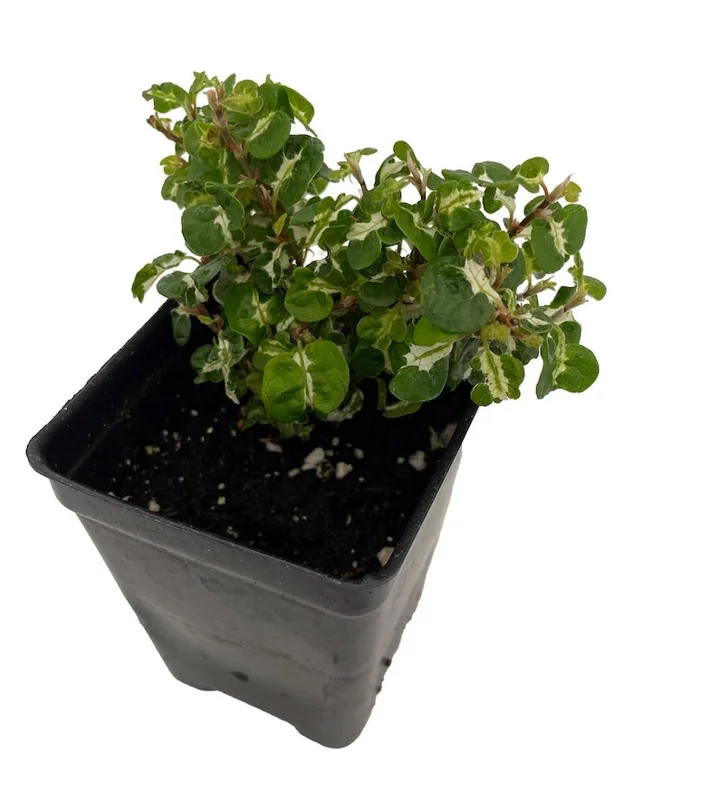
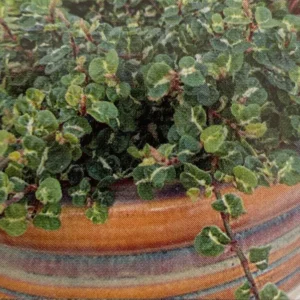
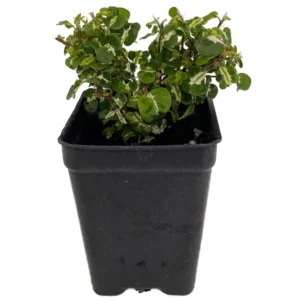
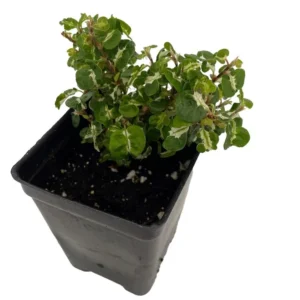

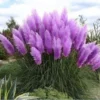
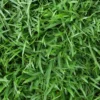

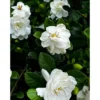
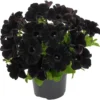
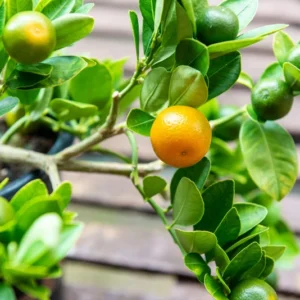
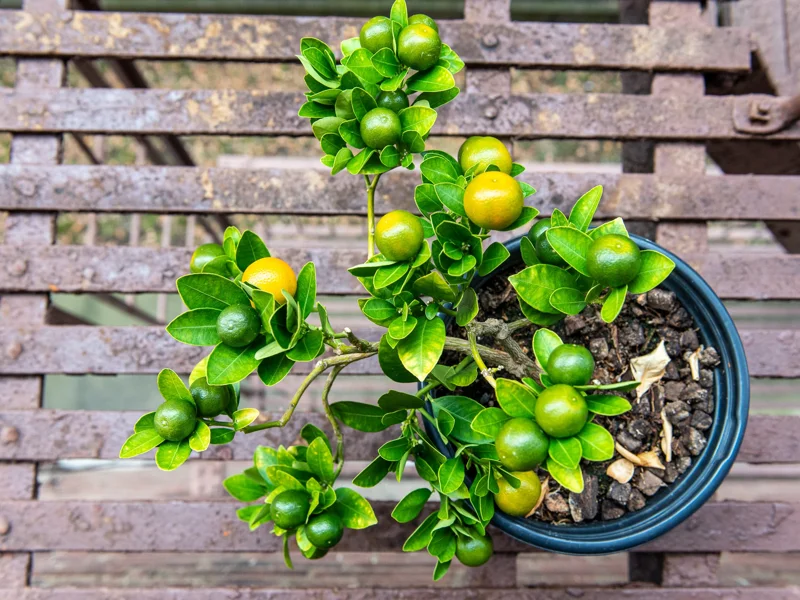
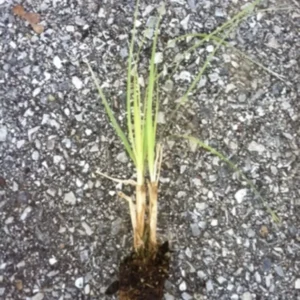
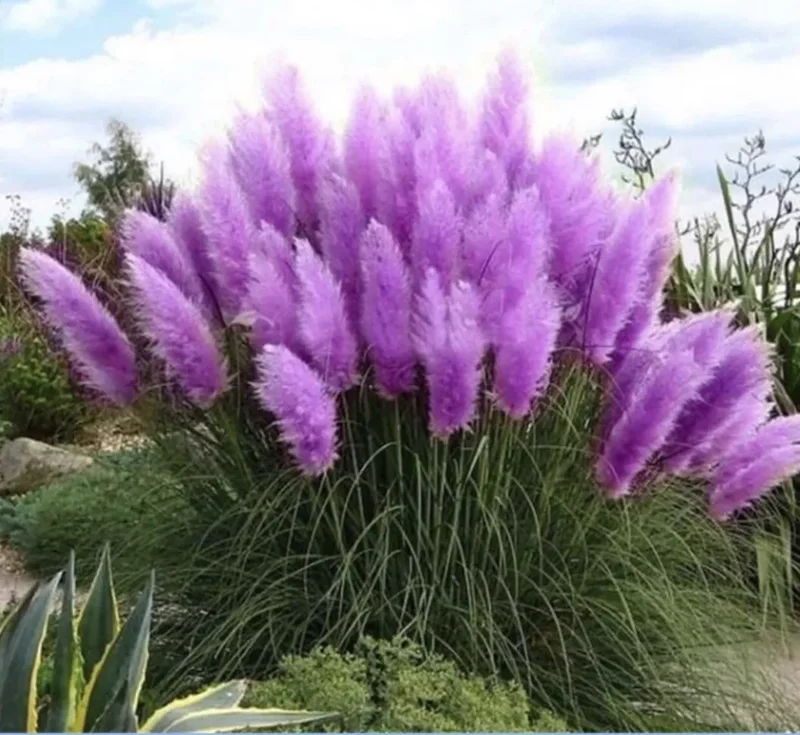
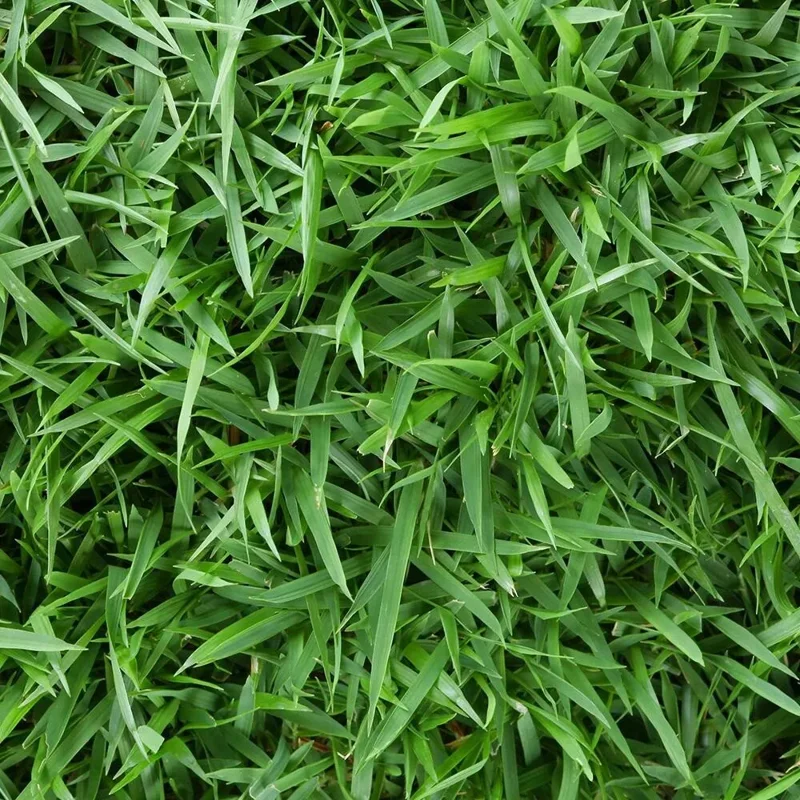



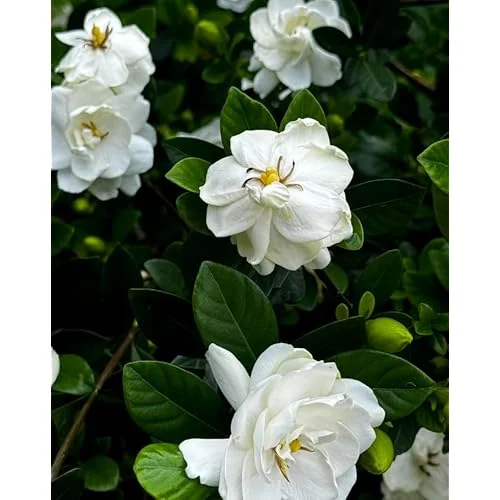
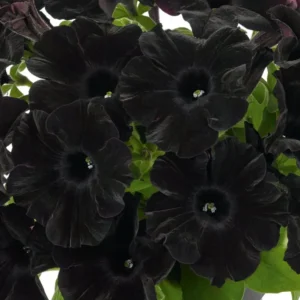
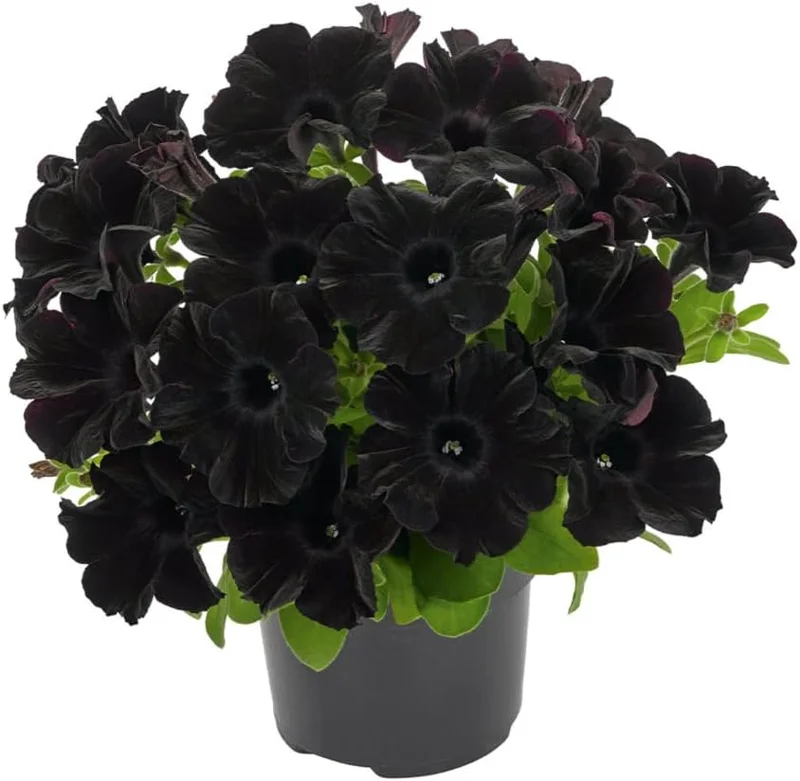
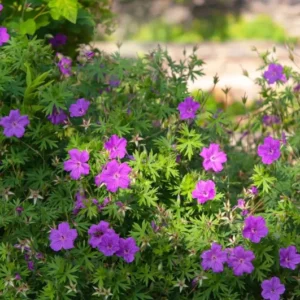
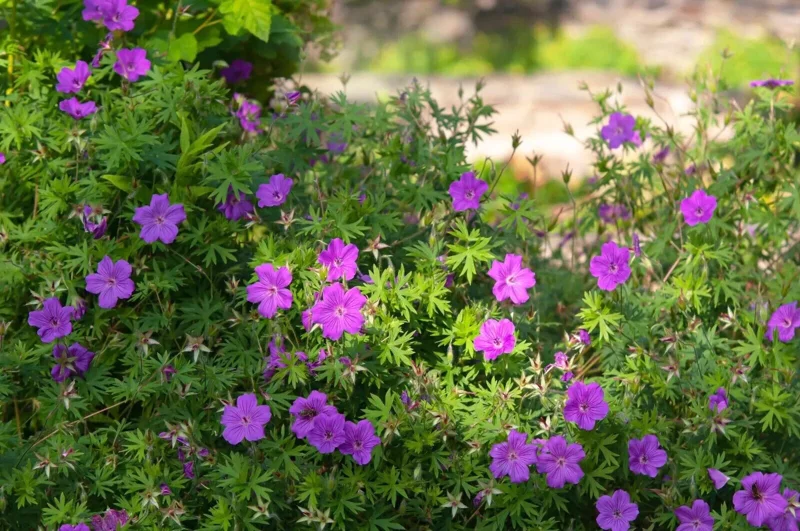
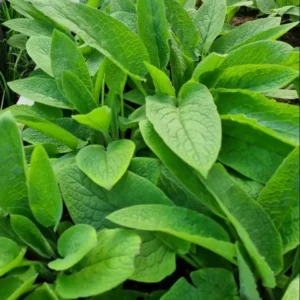
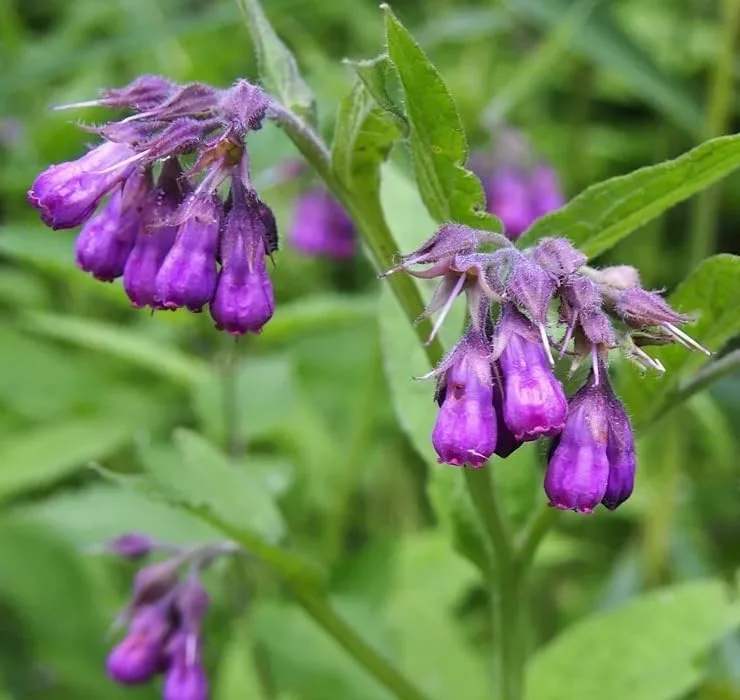
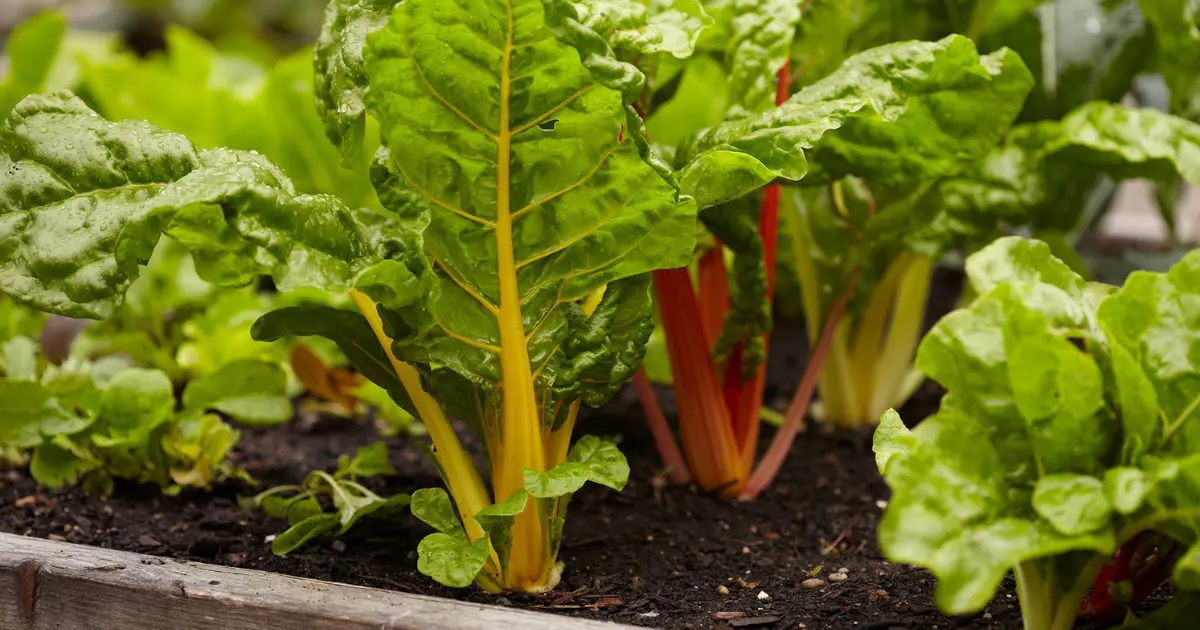
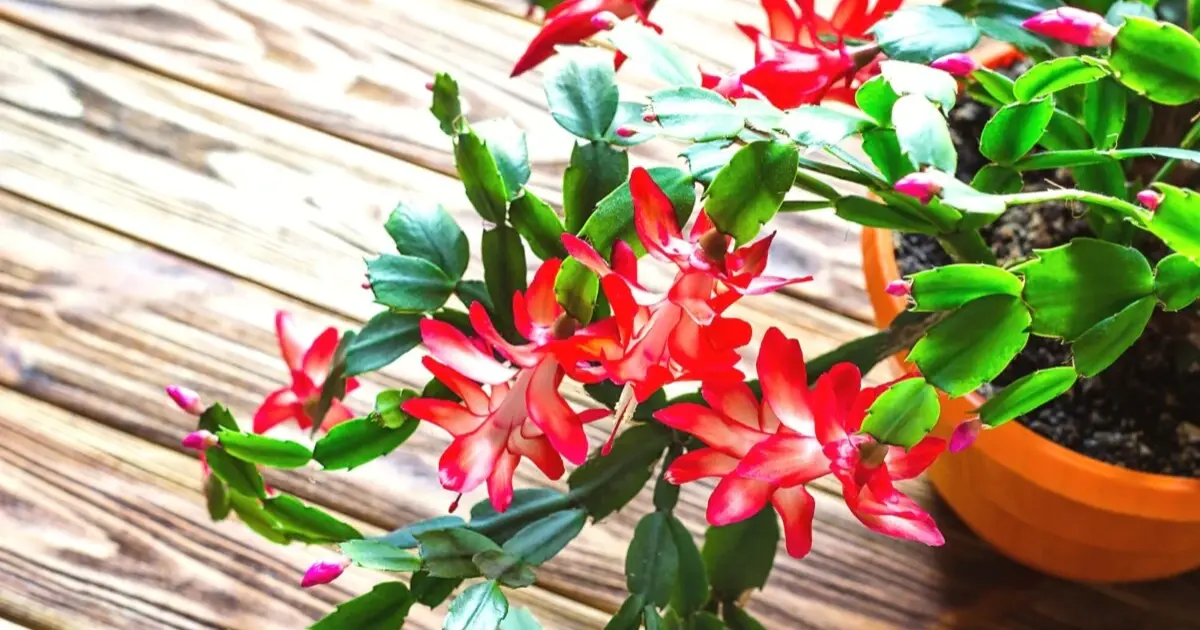
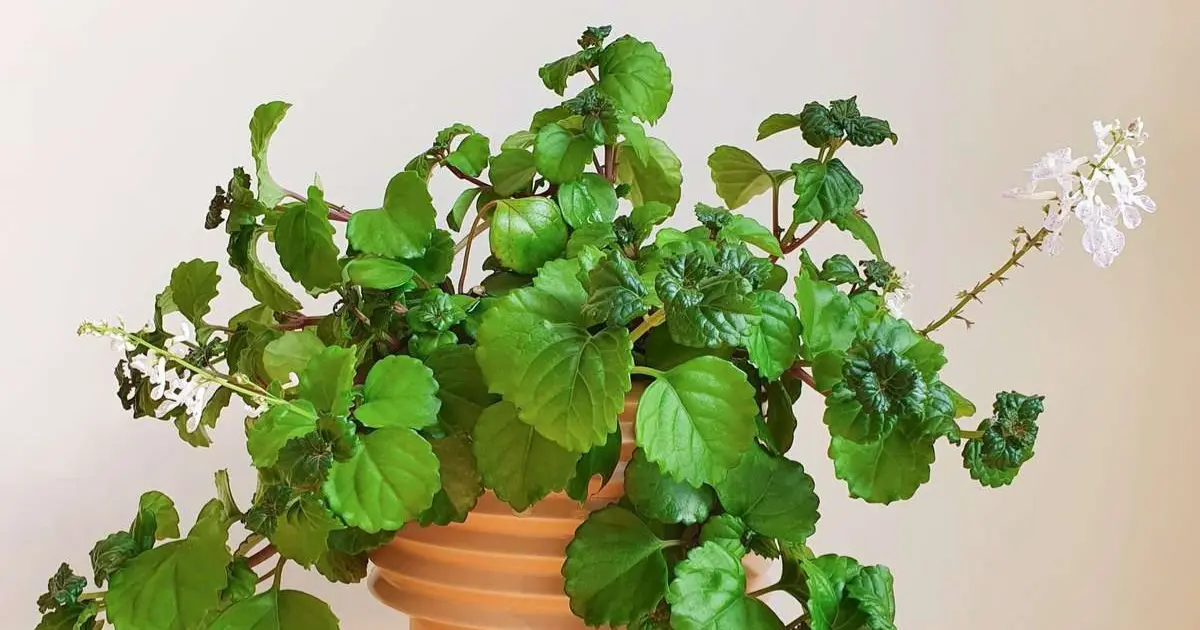
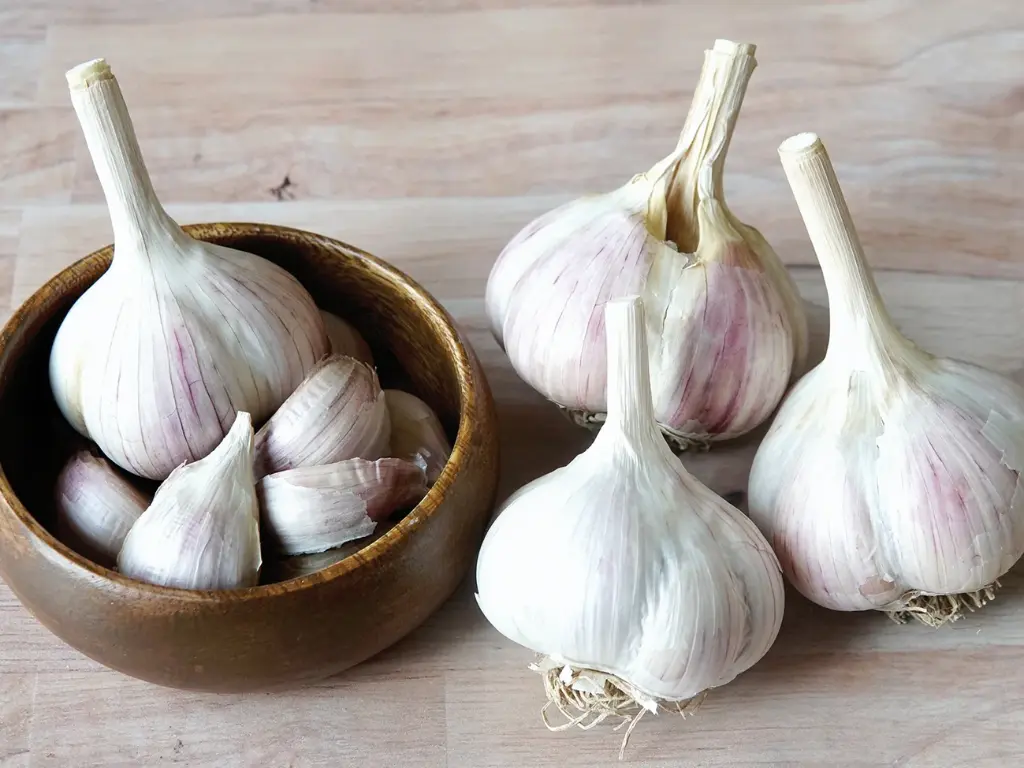
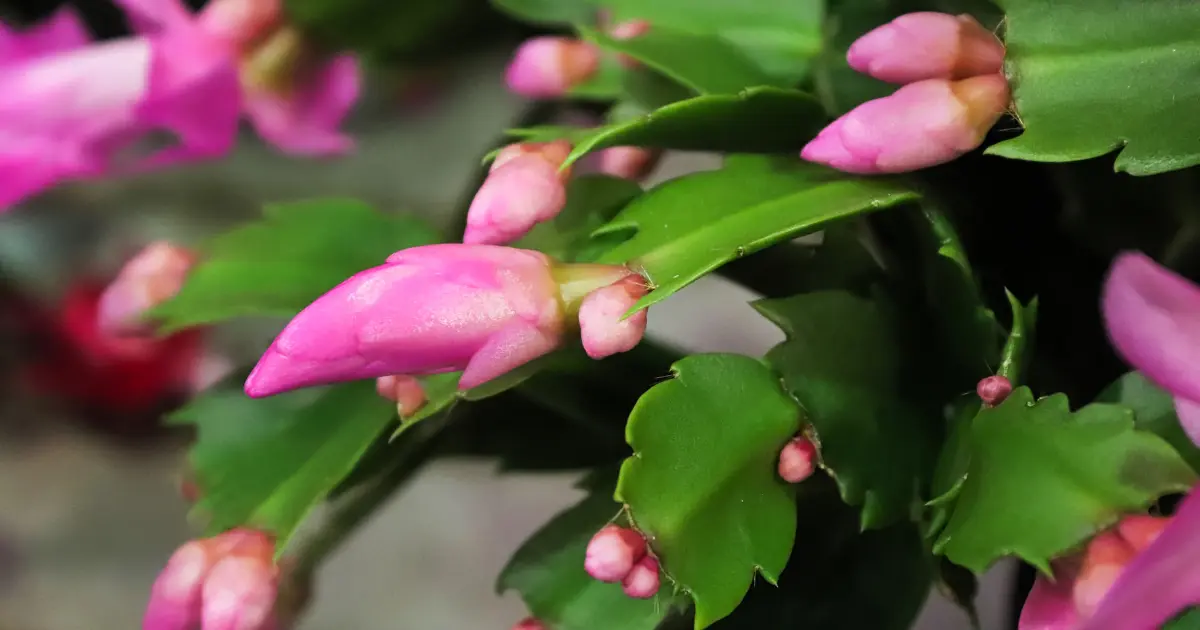

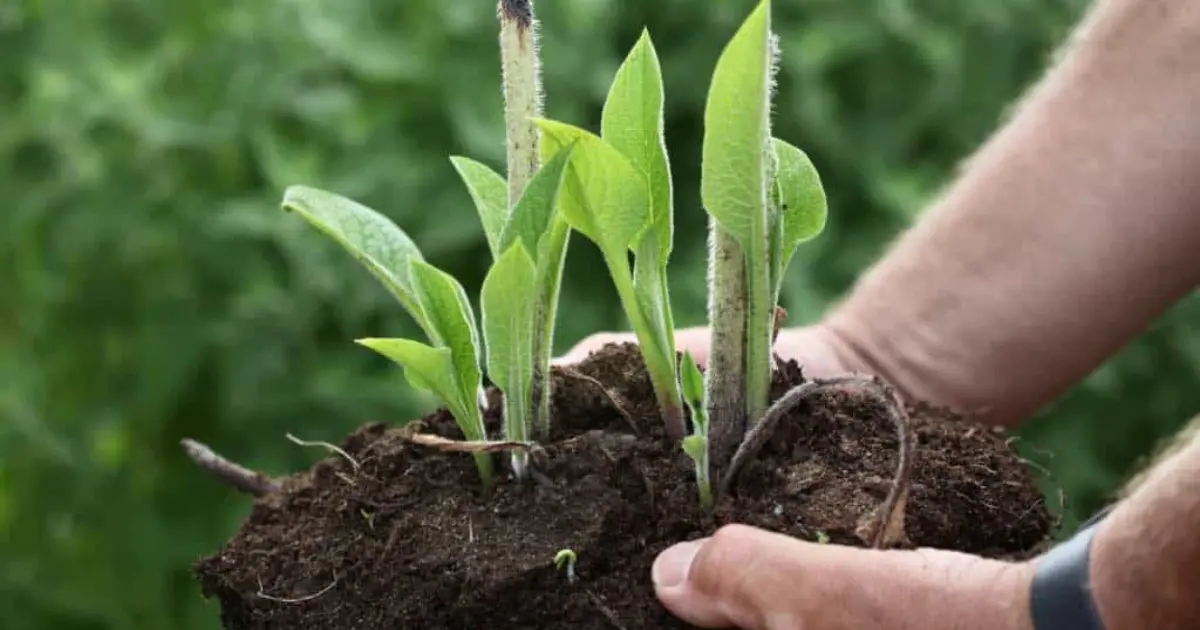
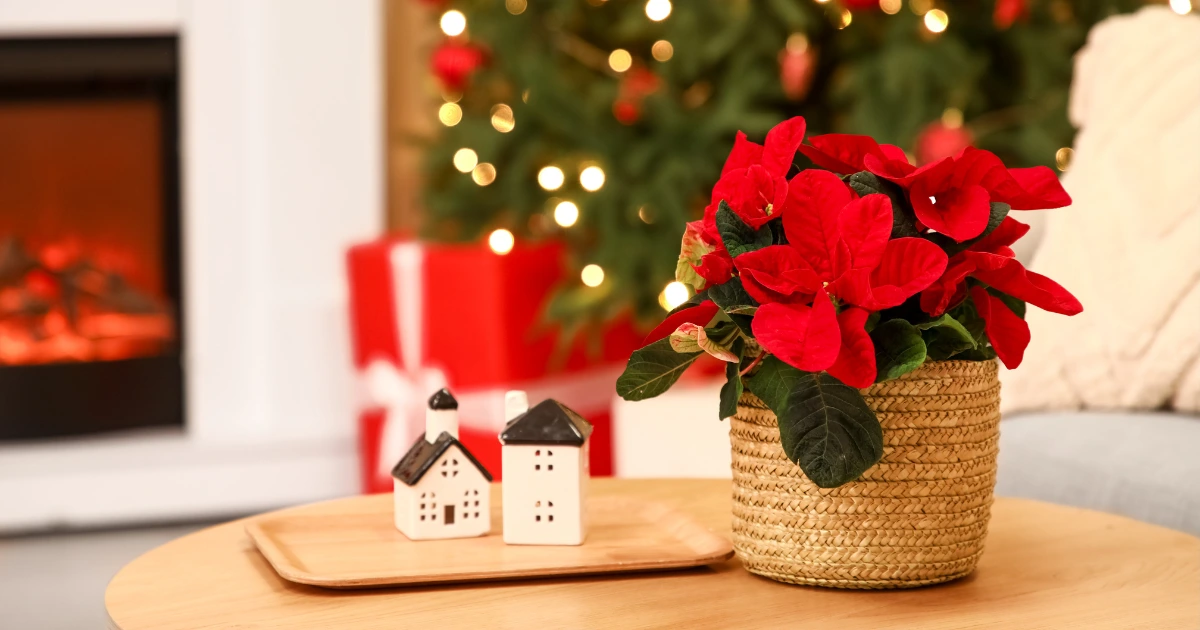

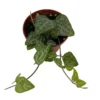
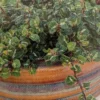
Reviews
There are no reviews yet.